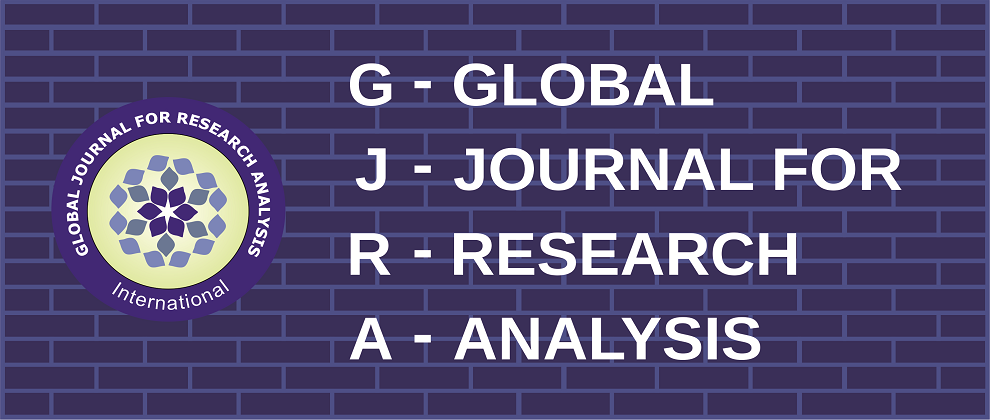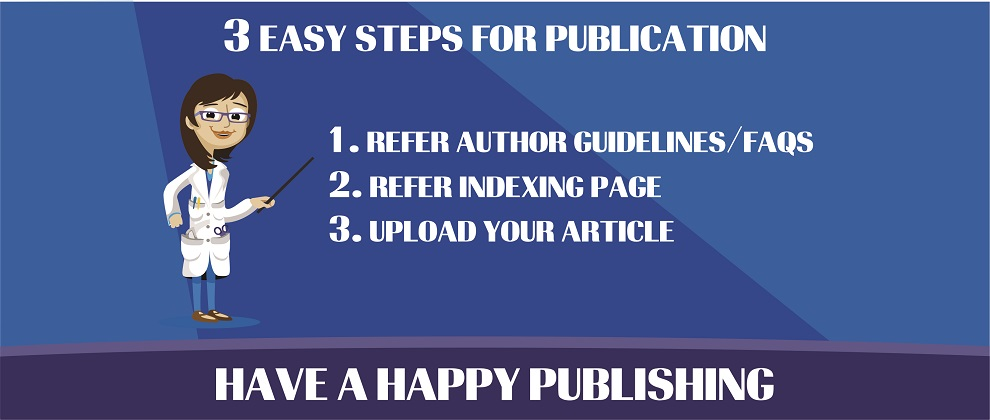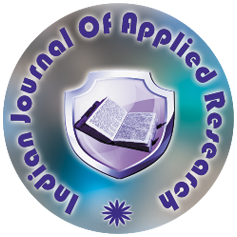Volume : 5, Issue : 11, November - 2016
CLINICAL AND BIOCHEMICAL PROFILE OF ACUTE ORGANOPHOSPHORUS POISONING
Dr Elumalai Ganesan, Dr K Ganesa Moorthy
Abstract :
<p> INTRODUCTION: Poisoning is one among the common causes of causalities dealt by an emergency department physician where Organophosphorous compound (OPC) and carbamate poisoning are one among the top causes in the list witnessed in a wide variety of clinical scenarios1,2. Acute organophosphorus (OP) poisoning is a major global clinical problem, with more than thousands of deaths occurring in each year3. AIM: a) To study the prevalence of OP poisoning in Coimbatore Medical College and Hospital. b) To study the clinical presentations of OP poisoning in relation to severity and outcome. c)To study the biochemical changes in OP poisoning within 24 hours of admission. d) To analyse the biochemical changes in relation to severity and outcome. METHOD:The present study is a hospital based PROSPECTIVE study where 100 patients of Acute OP Poisoning (>12 years of age) admitted in Intensive Medical Care Unit in Coimbatore Medical College Hospital were randomly included to evaluate the aim of the study mentioned above. The biochemical parameters mainly serum cholinesterase and serum amylase were measured in Hitachi 912 auto-analyzer. RESULTS:The prevalence of OP poisoning in Coimbatore medical college and hospital was 400 per year during this study period.OP poisoning constituted 20% of total poisoning cases admitted.100 patients with acute OP poisoning was randomly chosen for the study of which majority were in the age group of 21-30 years (31%). 74% of patients were within 40 years of age with male preponderance(76%) and male to female ratio was 3.16:1. Moderate degree of poisoning was seen in 50.9% patients with vomiting as major symptom(95%) followed by salivation (86%). In this study the common clinical signs were miosis followed by fasciculations. In the present study, the overall mortality was24%.The mortality was higher in age groups 31-40(31%)& above 40 years(34.6%). Among the expired, 19 patients were male and 5 patients were female.19 out of 76 male patients died (25% mortality). 5 out of 24 female patients died (20.8% mortality). The time interval between consumption of poison and hospital admission ranged from less than 1hour to more than 10 hours. There was less mortality (12.5%) in patients who came within 1 hour. Mortality was highest (37.5%) when patients were admitted after 6 hours following ingestion of pesticide. In patients who were admitted between 1 hour to 3 hours following ingestion of poison, the mortality was 7.7% and 26.5% in time interval groups 3-6 hours. Mean serum cholineserase level in survivors at admission was 3105.88 U/L whereas it was 2009.79 in non-survivors (p = 0.03). Mean serum amylase in survivors on the day of admission was 114U/L whereas it was 193U/L in non survivors (p = 0.001). Hyperglycemia was seen in 59% of all patients included in this study. CONCLUSIONS:OP poisoning is the most common modes of suicidal deaths in our country.Poisoning is confirmed by biochemical investigation. Middle age groups between 20-40 years are more commonly encountered in poisoning by organophosphate compounds. There was good correlation between serum amylase and serum cholinesterase(Pseudocholinesterase-PChE) levels on admission and severity of poisoning. Serum cholinesterase levels were significantly depressed in patients who was in severe poisoning. Low levels of PChE and elevated amylase level in early stages of poisoning indicates increased mortality. In early stages of poisoning determining PChE activity will be a reliable diagnostic test. Mean PCHe activity in patients who survived was above 3105 U/L and in the patients who expired the PChE activity was around 2009U/L. This points out that enzyme levels is directly proportional to better prognosis</p>
Keywords :
Article:
Download PDF Journal DOI : 10.15373/2249555XCite This Article:
Dr Elumalai Ganesan, Dr K Ganesa Moorthy, CLINICAL AND BIOCHEMICAL PROFILE OF ACUTE ORGANOPHOSPHORUS POISONING, Global Journal For Research Analysis,Volume : 5 | Issue : 11 | November 2016


 MENU
MENU

 MENU
MENU

